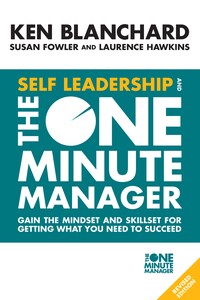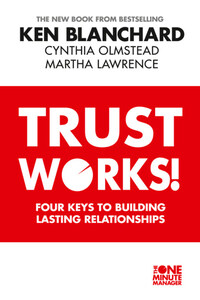Self Leadership and the One Minute Manager: Gain the mindset and skillset for getting what you need to succeed

Twenty years after creating the phenomenal bestselling classic The One Minute Manager, Ken Blanchard returns to its roots with the most powerful and essential title in the series as he explores the skills needed to empower yourself to success.In this captivating business parable, bestselling author Ken Blanchard tells the story of Steve, a young advertising executive who is about to lose his job. During a series of talks with a gifted magician named Cayla, Steve comes to realize the power of taking responsibility for his situation and not playing the victim. Passing along the knowledge she has learned from The One Minute Manager, Cayla teaches Steve the three tricks of self leadership. These three techniques not only empower him to keep his job, but give him the skills he needs to keep growing, learning, and achieving.The primary message of SELF-LEADERSHIP AND THE ONE MINUTE MANAGER is that power, freedom, and autonomy come from having the right mindset and the skills needed to take personal responsibility for success.









